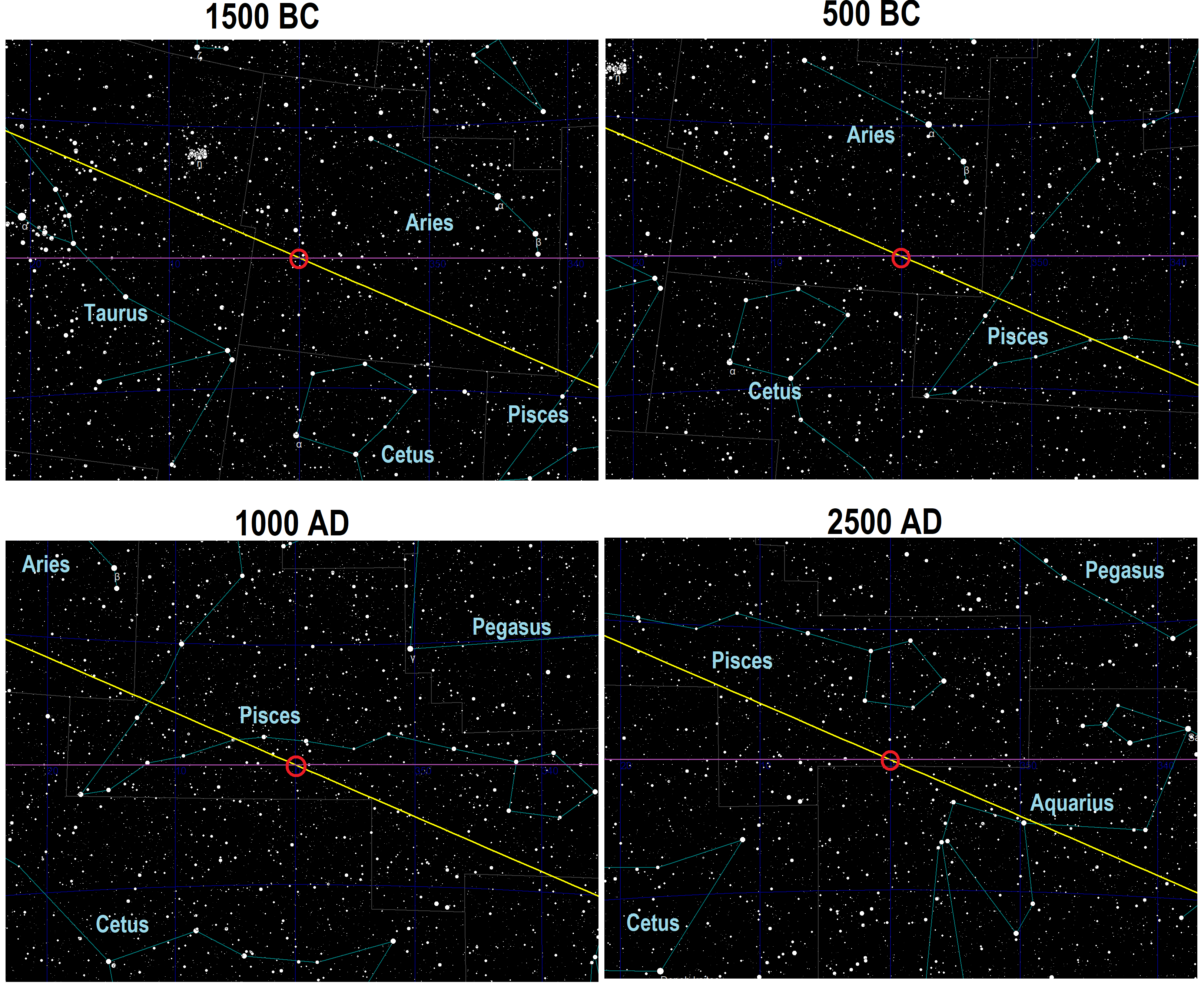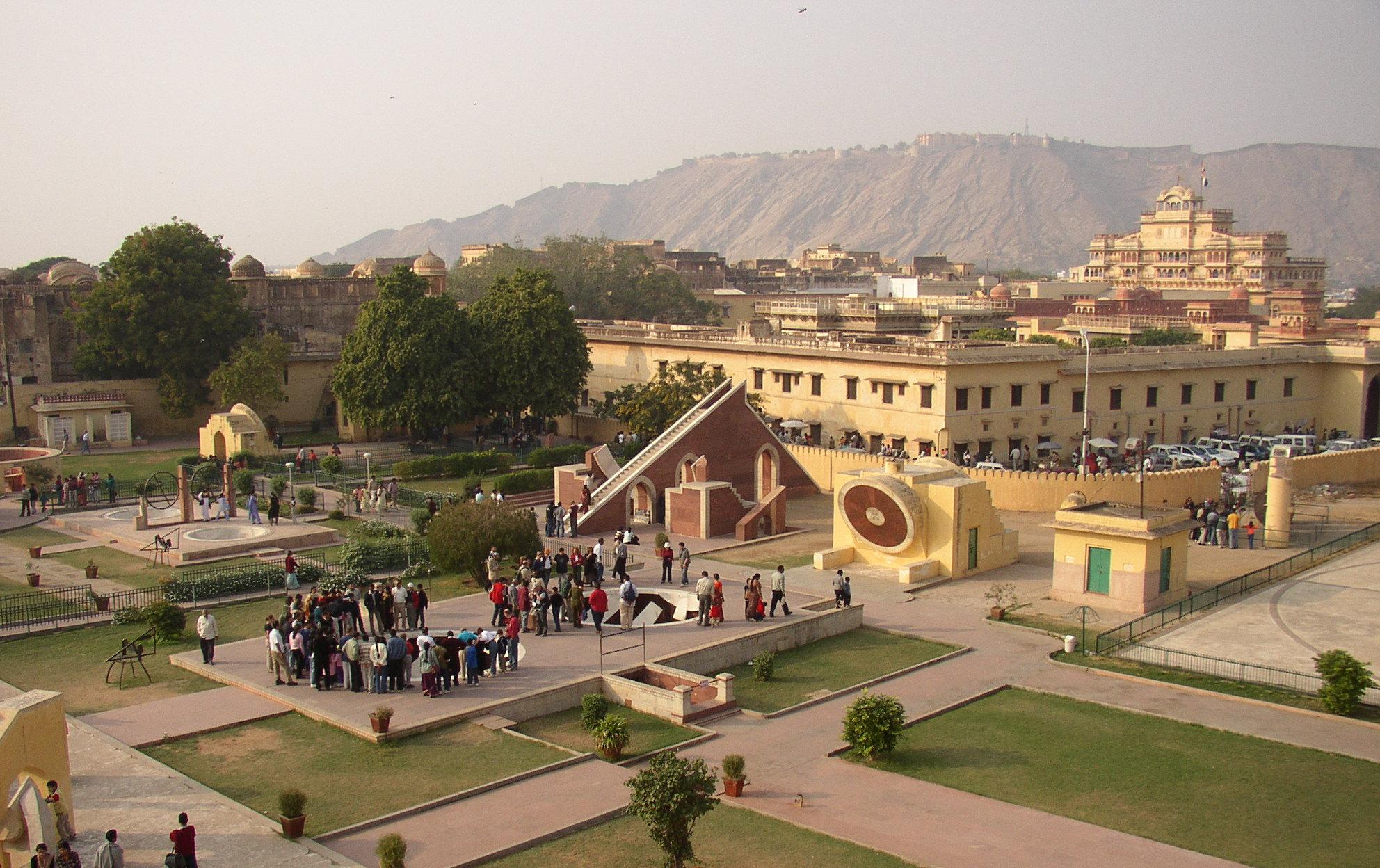|
Romaka Siddhanta
The ''Romaka Siddhanta'' (), literally "The Doctrine of the Romans", is one of the five siddhantas mentioned in Varahamihira's ''Panchasiddhantika'' which is an Indian astronomical treatise. Content It is the only one of all Indian astronomical works which is based on the tropical system. It was considered one of "The Five Astronomical Canons" in India in the 5th century. See also * Paulisa Siddhanta * Indian science and technology * Indian mathematics *Indian astronomy Astronomy has long history in Indian subcontinent stretching from pre-historic to modern times. Some of the earliest roots of Indian astronomy can be dated to the period of Indus Valley civilisation or earlier. Astronomy later developed as a dis ... Notes References * * Sarma, Nataraja (2000), "Diffusion of Astronomy in the Ancient World", ''Endeavour'', 24 (2000): 157-164. Astronomy books Hindu astronomy Mathematics manuscripts 5th-century books Hindu astrological texts Indian astronomy texts An ... [...More Info...] [...Related Items...] OR: [Wikipedia] [Google] [Baidu] |
Sidereal And Tropical Astrology
'' Sidereal'' and ''tropical'' are terms used to describe two different definitions of a year, applied in sidereal solar calendars or tropical solar calendars. In astrology, they refer to two different systems of ecliptic coordinates used to divide the ecliptic into twelve "signs". Each sign is divided into 30 degrees, making a total of 360 degrees. While sidereal systems of astrology define the signs relative to the apparent backwards movement of fixed stars of about 1 degree every 72 years from the perspective of the Earth, tropical systems define 0 degrees of Aries to coincide with the vernal point or vernal equinox (also known as the March equinox in the Northern hemisphere), and define the rest of the zodiac from this point. Sidereal astrology maintains the alignment between signs and constellations via corrective systems known as ayanamsas (Sanskrit: '''ayana''' "movement" + '''aṃśa "component"), to allow for the observed precession of equinoxes, whereas tropical astr ... [...More Info...] [...Related Items...] OR: [Wikipedia] [Google] [Baidu] |
Paulisa Siddhanta
The Pauliṣa Siddhānta (literally, "The scientific-treatise of Pauliṣa Muni") refers to multiple Indian astronomical treatises, at least one of which is based on a Western source. "'' Siddhānta''" literally means "doctrine" or "tradition". It is often mistakenly thought to be a single work and attributed to Paul of Alexandria (c. 378 CE). However, this notion has been rejected by other scholars in the field, notably by David Pingree who stated that "...the identification of Paulus Alexandrinus with the author of the ''Pauliṣa Siddhānta'' is totally false". Similarly, K. V. Sarma writes that it is from a Greek source, known only as Pauliṣa. The Alberuni wrote that the Siddhanta is based to the teaching of a Greek named Paulus. The earlier Pauliṣa-siddhānta dates from the third or fourth century, and the later Pauliṣa-siddhānta from the eighth century. Similar to the Yavanajātaka ("The Sayings of the Greeks"), the Pauliṣa Siddhānta is an example of Hellenis ... [...More Info...] [...Related Items...] OR: [Wikipedia] [Google] [Baidu] |
Indian Science And Technology
After independence, Jawaharlal Nehru, the first prime minister of India, initiated reforms to promote higher education and science and technology in India. The Indian Institute of Technology (IIT)—conceived by a 22-member committee of scholars and entrepreneurs in order to promote technical education—was inaugurated on 18 August 1951 at Kharagpur in West Bengal by the minister of education Maulana Abul Kalam Azad. More IITs were soon opened in Bombay, Madras, Kanpur and Delhi as well in the late 1950s and early 1960s along with the regional RECs (now National Institutes of Technology (NIT). Beginning in the 1960s, close ties with the Soviet Union enabled the Indian Space Research Organisation to rapidly develop the Indian space program and advance nuclear power in India even after the first nuclear test explosion by India on 18 May 1974 at Pokhran. India accounts for about 10% of all expenditure on research and development in Asia and the number of scientific pub ... [...More Info...] [...Related Items...] OR: [Wikipedia] [Google] [Baidu] |
Indian Mathematics
Indian mathematics emerged in the Indian subcontinent from 1200 BCE until the end of the 18th century. In the classical period of Indian mathematics (400 CE to 1200 CE), important contributions were made by scholars like Aryabhata, Brahmagupta, Bhaskara II, and Varāhamihira. The decimal number system in use today: "The measure of the genius of Indian civilisation, to which we owe our modern (number) system, is all the greater in that it was the only one in all history to have achieved this triumph. Some cultures succeeded, earlier than the Indian, in discovering one or at best two of the characteristics of this intellectual feat. But none of them managed to bring together into a complete and coherent system the necessary and sufficient conditions for a number-system with the same potential as our own." was first recorded in Indian mathematics. Indian mathematicians made early contributions to the study of the concept of zero as a number,: "...our decimal system, which (by t ... [...More Info...] [...Related Items...] OR: [Wikipedia] [Google] [Baidu] |
Indian Astronomy
Astronomy has long history in Indian subcontinent stretching from pre-historic to modern times. Some of the earliest roots of Indian astronomy can be dated to the period of Indus Valley civilisation or earlier. Astronomy later developed as a discipline of Vedanga, or one of the "auxiliary disciplines" associated with the study of the Vedas,Sarma (2008), ''Astronomy in India'' dating 1500 BCE or older. The oldest known text is the ''Vedanga Jyotisha'', dated to 1400–1200 BCE (with the extant form possibly from 700 to 600 BCE). Indian astronomy was influenced by Greek astronomy beginning in the 4th century BCEHighlights of Astronomy, Volume 11B: As presented at the XXIIIrd General Assembly of the IAU, 1997. Johannes Andersen Springer, 31 January 1999 – Science – 616 pages. page 72/ref>Babylon to Voyager and Beyond: A History of Planetary Astronomy. David Leverington. Cambridge University Press, 29 May 2010 – Science – 568 pages. page 4/ref>The History and Practice of Anci ... [...More Info...] [...Related Items...] OR: [Wikipedia] [Google] [Baidu] |
Astronomy Books
Astronomy () is a natural science that studies celestial objects and phenomena. It uses mathematics, physics, and chemistry in order to explain their origin and evolution. Objects of interest include planets, moons, stars, nebulae, galaxies, and comets. Relevant phenomena include supernova explosions, gamma ray bursts, quasars, blazars, pulsars, and cosmic microwave background radiation. More generally, astronomy studies everything that originates beyond Earth's atmosphere. Cosmology is a branch of astronomy that studies the universe as a whole. Astronomy is one of the oldest natural sciences. The early civilizations in recorded history made methodical observations of the night sky. These include the Babylonians, Greeks, Indians, Egyptians, Chinese, Maya, and many ancient indigenous peoples of the Americas. In the past, astronomy included disciplines as diverse as astrometry, celestial navigation, observational astronomy, and the making of calendars. Nowadays, professional ... [...More Info...] [...Related Items...] OR: [Wikipedia] [Google] [Baidu] |
Hindu Astronomy
Astronomy has long history in Indian subcontinent stretching from pre-historic to modern times. Some of the earliest roots of Indian astronomy can be dated to the period of Indus Valley civilisation or earlier. Astronomy later developed as a discipline of Vedanga, or one of the "auxiliary disciplines" associated with the study of the Vedas,Sarma (2008), ''Astronomy in India'' dating 1500 BCE or older. The oldest known text is the ''Vedanga Jyotisha'', dated to 1400–1200 BCE (with the extant form possibly from 700 to 600 BCE). Indian astronomy was influenced by Greek astronomy beginning in the 4th century BCEHighlights of Astronomy, Volume 11B: As presented at the XXIIIrd General Assembly of the IAU, 1997. Johannes Andersen Springer, 31 January 1999 – Science – 616 pages. page 72/ref>Babylon to Voyager and Beyond: A History of Planetary Astronomy. David Leverington. Cambridge University Press, 29 May 2010 – Science – 568 pages. page 4/ref>The History and Practice of Anci ... [...More Info...] [...Related Items...] OR: [Wikipedia] [Google] [Baidu] |
Mathematics Manuscripts
Mathematics is an area of knowledge that includes the topics of numbers, formulas and related structures, shapes and the spaces in which they are contained, and quantities and their changes. These topics are represented in modern mathematics with the major subdisciplines of number theory, algebra, geometry, and analysis, respectively. There is no general consensus among mathematicians about a common definition for their academic discipline. Most mathematical activity involves the discovery of properties of abstract objects and the use of pure reason to prove them. These objects consist of either abstractions from nature orin modern mathematicsentities that are stipulated to have certain properties, called axioms. A ''proof'' consists of a succession of applications of deductive rules to already established results. These results include previously proved theorems, axioms, andin case of abstraction from naturesome basic properties that are considered true starting points of t ... [...More Info...] [...Related Items...] OR: [Wikipedia] [Google] [Baidu] |
5th-century Books
The 5th century is the time period from 401 ( CDI) through 500 ( D) ''Anno Domini'' (AD) or Common Era (CE) in the Julian calendar. The 5th century is noted for being a period of migration and political instability throughout Eurasia. It saw the collapse of the Western Roman Empire, which came to an end in 476 AD. This empire had been ruled by a succession of weak emperors, with the real political might being increasingly concentrated among military leaders. Internal instability allowed a Visigoth army to reach and ransack Rome in 410. Some recovery took place during the following decades, but the Western Empire received another serious blow when a second foreign group, the Vandals, occupied Carthage, capital of an extremely important province in Africa. Attempts to retake the province were interrupted by the invasion of the Huns under Attila. After Attila's defeat, both Eastern and Western empires joined forces for a final assault on Vandal North Africa, but this campaign was a s ... [...More Info...] [...Related Items...] OR: [Wikipedia] [Google] [Baidu] |
Hindu Astrological Texts
Hindus (; ) are people who religiously adhere to Hinduism.Jeffery D. Long (2007), A Vision for Hinduism, IB Tauris, , pages 35–37 Historically, the term has also been used as a geographical, cultural, and later religious identifier for people living in the Indian subcontinent. The term ''"Hindu"'' traces back to Old Persian which derived these names from the Sanskrit name ''Sindhu'' (सिन्धु ), referring to the river Indus. The Greek cognates of the same terms are "''Indus''" (for the river) and "''India''" (for the land of the river). The term "''Hindu''" also implied a geographic, ethnic or cultural identifier for people living in the Indian subcontinent around or beyond the Sindhu (Indus) River. By the 16th century CE, the term began to refer to residents of the subcontinent who were not Turkic or Muslims. Hindoo is an archaic spelling variant, whose use today is considered derogatory. The historical development of Hindu self-identity within the local In ... [...More Info...] [...Related Items...] OR: [Wikipedia] [Google] [Baidu] |
Indian Astronomy Texts
Indian or Indians may refer to: Peoples South Asia * Indian people, people of Indian nationality, or people who have an Indian ancestor ** Non-resident Indian, a citizen of India who has temporarily emigrated to another country * South Asian ethnic groups, referring to people of the Indian subcontinent, as well as the greater South Asia region prior to the 1947 partition of India * Anglo-Indians, people with mixed Indian and British ancestry, or people of British descent born or living in the Indian subcontinent * East Indians, a Christian community in India Europe * British Indians, British people of Indian origin The Americas * Indo-Canadians, Canadian people of Indian origin * Indian Americans, American people of Indian origin * Indigenous peoples of the Americas, the pre-Columbian inhabitants of the Americas and their descendants ** Plains Indians, the common name for the Native Americans who lived on the Great Plains of North America ** Native Americans in the Uni ... [...More Info...] [...Related Items...] OR: [Wikipedia] [Google] [Baidu] |








.jpg)